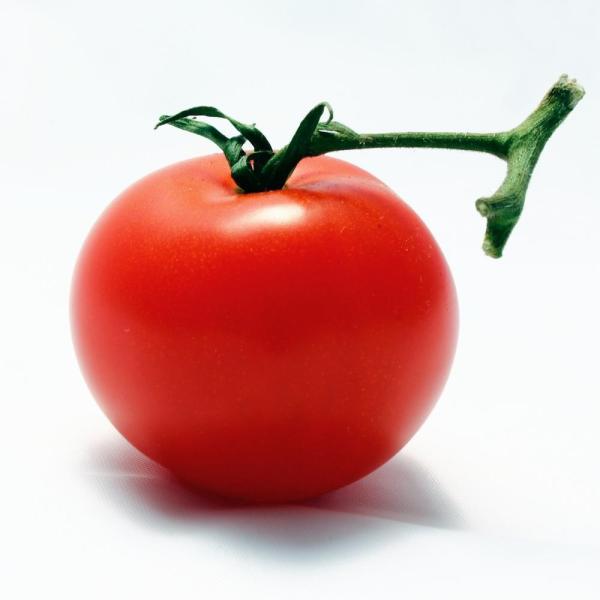When to plant tomatoes


Tomato is actually a fruit, although most people believe it is a vegetable. In fact, the tomato is the most popular fruit in the world. Its diversity is an important factor in its popularity, but the tomato is a nutritious food containing vitamin A, vitamin C and lycopene, an antioxidant that fights cancer. Growing tomatoes is very easy, because tomatoes grow in most types of soil. The trick to growing tomatoes is to choose healthy plants and to plant them at the right time. At OneHowTo, we'd like to give you a few tips on when to plant tomatoes to clear up any questions you might have.
You'll need:
- Seedlings
- Stakes
- Sunny area
- Lots of water
Steps to follow:
Deciding between seeds and seedlings
Because tomatoes cannot grow until the temperature is steady at 10 degrees, many prefer seedlings. Seeds can be started six to eight weeks before the date of the last frost. It is important to note that the seeds should be planted 2 centimetres deep in small pots. Also, you should keep the seeds moist, or they will dry out.
After the seeds germinate, it is necessary to place them in an area that gets a lot of light. Before they grow too much in the pot, they must be transplanted into larger pots and placed outside for short periods of time so that the plants adjust to the climate.
Choosing healthy seedlings
Look for plants that do not have yellowing or spotted leaves. Some popular choices are Celebrity, Big Boy and Better Boy, although there are more types of tomatoes. Not all tomatoes grow well in all areas of the country, so you should take the area where you live into consideration. Also, choose plants depending on the space you have for growing tomatoes.
Decide whether you will buy determinate or indeterminate tomatoes, or both.
Determinate tomatoes are vines that grow to a certain point and stop; they are compact and bushy. The tomatoes ripen early, so they are good for pots and small spaces and for producing tomatoes during the first part of the season.
Indeterminate tomatoes have more vines that spread out and need to be replanted. They bear fruit later in the season.
It will be essential to prepare the soil in an area that will get six to eight hours of sunlight. Tomatoes grow almost anywhere, but soil preparation is necessary for a productive crop.
The best pH for tomatoes is 6.0 to 6.8, which is a slightly acidic soil. Before planting, take soil around 10 centimetres deep and create a 6 centimetres deep trench. Place a thin line of compost or a chemical product at the bottom of the trench, and use 5-10-10 fertiliser. 5-10-10 refers to the weights of nitrogen, phosphorus and potassium.
Cover the compost with about 4-8 centimetres of soil so that the plants are not touching the fertiliser. If you are planting tomatoes in pots, use a container that is at least 15 centimetres deep and 20 centimetres wide.
Plant the tomato seedlings in the soil about 3 or 4 centimetres deep and 20 centimetres apart.
For indeterminate plants, place a stake next to the plant. As the plant grows, use string to tie it to the stake.
As to watering, provide tomato plants with plenty of water in the early morning and water them regularly, especially during periods of drought.
The best time to plant tomatoes is in spring. In the northern hempisphere, the months of March, April and May are the best months to plant tomatoes. In the southern hemisphere, the best time of year to plant tomatoes is in September and October.
If you want to read similar articles to When to plant tomatoes, we recommend you visit our Gardening & plants category.
Tips
- Place a thick layer of organic matter around plants to help them retain water.




